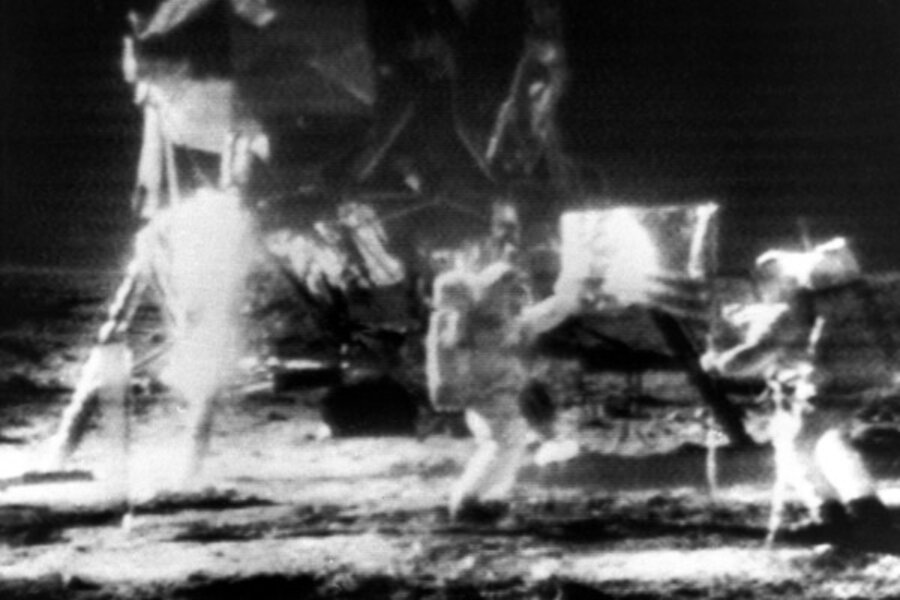Apollo lunar rocks still offer clues to scientists
Loading...
| ST. LOUIS
Forty years after the Apollo 11 astronauts made their historic lunar landing, the rocks they collected are still helping researchers learn more about the moon, the solar system, even about how life on Earth began.
But if not for a St. Louis scientist and a few of his colleagues, NASA may never have collected moon rocks in the first place.
It was 40 years ago Monday that Neil Armstrong first set foot on the dusty lunar surface, announcing it was a small step for a man but “a giant leap for mankind.” During that mission, the astronauts scooped up rocks and dirt from the moon and brought the material back home for study.
“It all started with Apollo 11,” said Randy Korotev, a lunar geochemist at Washington University in St. Louis, where hundreds of moon rocks are still stored and studied. “Apollo 11 answered a tremendous amount of scientific questions, but it also introduced new questions we hadn’t even thought about.”
The Apollo rocks might not have been collected at all if not for the efforts of Washington University physics professor Robert Walker and a small group of other scientists. Walker, who died in 2004, helped persuade NASA to not only collect samples but build a repository for their storage and study at Johnson Space Center in Houston.
“Bringing samples back from the moon wasn’t the point of the mission,” said Korotev. “It was politically driven — we wanted to beat the Russians.”
But that changed quickly after Apollo 11. By Apollo 12, astronauts were receiving weeks of training on the types of samples to look for and bring back, Korotev said.
He said the moon rocks continue to be valuable. Just a decade ago, missions that orbited the moon collected mineralogical and compositional data. That new material, combined with the rocks scooped up by the Apollo astronauts, can offer clues about not only the moon but also about the origins of the solar system and life on Earth itself.
Korotev said scientists know that the moon was hit by very large meteorites some 3.9 billion years ago. That evidence still exists because the moon, unlike Earth, doesn’t have wind, water or volcanoes to wash away the evidence.
Study of the lunar samples could play a key role if America decides to send people to the moon again, said Donald Bogard, NASA chief scientist of astromaterials. One concern is the lunar surface’s fine dust and how that could affect those who would work in and around it.
“If we’re going to have people living there any significant amount of time, is this going to be a medical problem for us?” Bogard asked.
For all of their value, the moon rocks at Washington University will be leaving soon — after four decades inside Compton Hall, they’ll be returned to NASA’s Lunar Sample Building at the Johnson Space Center.
“In a sense,” said Ernst Zinner, a research professor of physics and earth and planetary sciences, “our lab in Compton has moved from the moon to the stars in our research interests.”





